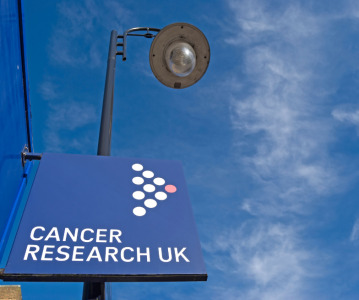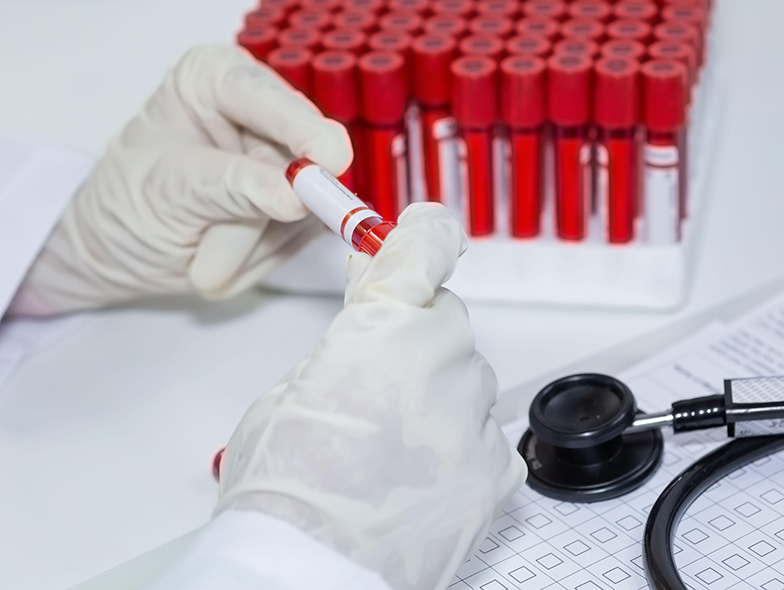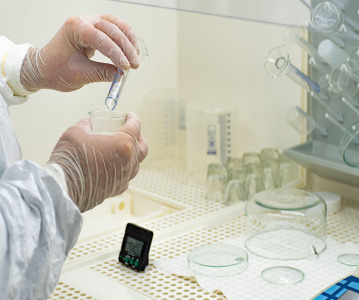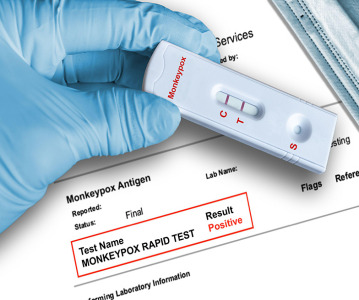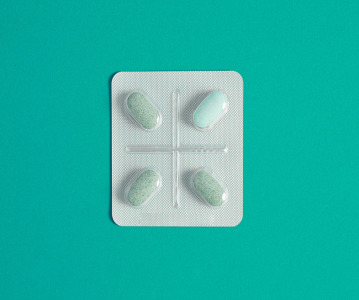Shire's OPUS-3 Phase II trial with lifitegrast meets primary and key secondary endpoints, significantly reducing patient-reported symptoms for dry eye disease

Data to support lifitegrast FDA resubmission in Q1 2016; plans on track for potential 2016 launch.
Shire has announced positive topline results from OPUS-3, a Phase III efficacy and safety study of lifitegrast versus placebo. These data showed OPUS-3 met the primary endpoint of significantly improving patient-reported symptoms of dry eye disease from baseline to day 84 (p=0.0007). In addition, OPUS-3 met the secondary endpoints of symptom improvement from baseline to days 14 and 42 (p<0.0001 for both endpoints). Shire plans to use these data as part of the resubmission of the New Drug Application (NDA) for lifitegrast for the treatment of signs and symptoms for dry eye disease in the first quarter of 2016.
“The results from OPUS-3, where lifitegrast demonstrated symptom improvement as early as 2 weeks, provide compelling efficacy data that contribute to the totality of evidence from the lifitegrast clinical development program, now the largest for an investigational stage compound in dry eye disease with more than 2,500 patients,” said Philip J. Vickers, Head of R&D, Shire. “We believe the data from OPUS-3 will satisfy the FDA’s request for an additional clinical study. We welcome the opportunity to share these positive data with the regulatory authorities.”
Flemming Ornskov, CEO, Shire said: “We’re delighted with the positive topline findings from OPUS-3 and look forward to resubmitting to FDA the NDA for lifitegrast for the treatment of signs and symptoms for dry eye disease in the first quarter of 2016. If approved by the FDA, this keeps us on track for a potential US launch next year. We also are planning to use these data, in conjunction with the existing comprehensive clinical data set, for regulatory filings for lifitegrast in other markets outside of the US. We entered the ophthalmics space because we saw tremendous opportunity to address unmet needs in eye care. With these highly statistically significant results, we’re increasingly confident about the potential of lifitegrast and the overall progress we’re making in growing Shire’s presence in ophthalmics.”
“Symptoms of dry eye disease are an enormously common problem – it’s the No. 1 reason patients visit my office,” said Edward Holland, OPUS-3 Principal Investigator and Professor of Ophthalmology, University of Cincinnati and Director, Cornea Service, Cincinnati Eye Institute. “With OPUS-3, Shire has done something that has never been done before in a Phase III clinical program in terms of demonstrating replicative symptom improvement. The symptom improvement seen as early as two weeks also is impressive. OPUS-3 was an extremely well-run, highly powered clinical trial and the patient enrollment size for the entire lifitegrast clinical program has been rarely seen for ocular surface conditions. I’m excited about these positive data for lifitegrast and the potential for a new treatment option for patients for dry eye disease.”
Related News
-
News CPHI Frankfurt 2022: Innovator Interview – DSM Biomedical
At CPHI Frankfurt we spoke to Anne-Cecile Bayne, Global Science & Innovation Lead Pharma and Medical Nutrition, and Marc Hendriks, Vice President Strategy & Business Development, on their expertise in nitrosamines and business strategy at DSM Biomedica... -
News New WHO health emergency guidelines expect full transparency from Big Pharma
The WHO are proposing a new set of pandemic guidelines to set out how future global health crises should be handled. -
News Magic mushrooms could be used to treat mental health conditions
A compound found in magic mushrooms, psilocybin, could be used to treat mental health conditions and help patients suffering with severe depression, as shown by the results of the largest study of its kind to date. -
News UK-based partnership to launch DETERMINE study into rare cancer research
UK-based CRO Quanticate is set to partner with Cancer Research UK for the launch of the DETERMINE study focused on testing a range of existing and approved drugs and therapies on rare cancers. -
News FDA approves Thermo Fisher blood tests for wheat and sesame allergies
Both tests have been approved by the US regulator for in vitro diagnostic use -
News QIAGEN launches world’s first syndromic test for monkeypox
The test can distinguish between monkeypox and other diseases that cause similar symptoms. -
News Monkeypox Update: Vaccine shortage, sewage surveillance and global testing
As concern over the monkeypox outbreak continues to rise, we take a look at major developments from the first week of August. -
News CPHI Podcast Series: The importance of novel excipients for innovative drug development
The latest episode in the CPHI Podcast Series dives into the world of novel excipients and explores their importance for innovative drug development.
Position your company at the heart of the global Pharma industry with a CPHI Online membership
-
Your products and solutions visible to thousands of visitors within the largest Pharma marketplace
-
Generate high-quality, engaged leads for your business, all year round
-
Promote your business as the industry’s thought-leader by hosting your reports, brochures and videos within your profile
-
Your company’s profile boosted at all participating CPHI events
-
An easy-to-use platform with a detailed dashboard showing your leads and performance

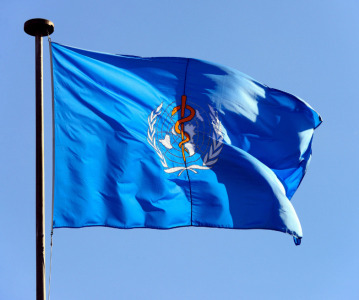
.png)
